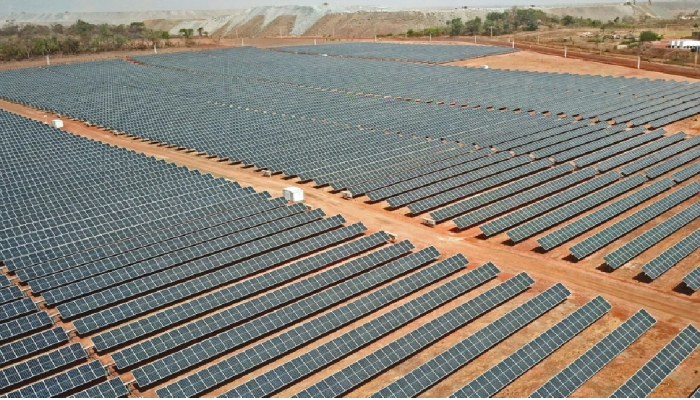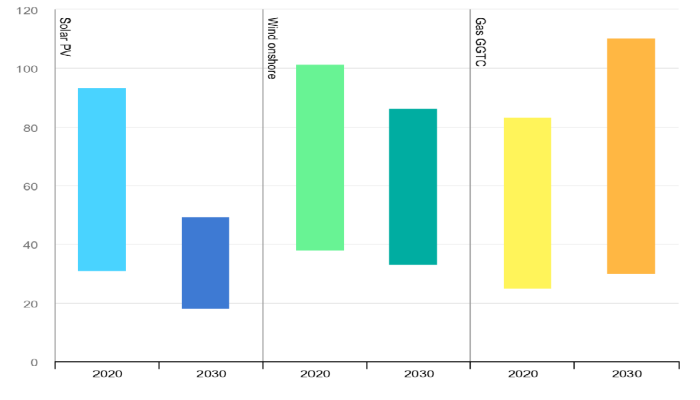Solar PV leading capacity installs in Africa with 125GW by 2030-- IEA

Installed overall power generation capacity will certainly practically increase on the continent by 2030, rising from 260GW at the beginning of the decade to 510GW by the end, of which 125GW will be solely from solar PV.
The African Energy Outlook 2022 report approximates that in between 2021 and 2030 over 40% of complete capacity additions will come from solar PV.
Renewables will have an important role to supply new mounted renewable capacity as Africa looks readied to boost its demand by 75% by the end of the decade, going from 680TWh to 1.180 TWh in 2030.
In addition, solar PV will overtake hydropower as the first resource of renewables in regards to overall set up capacity as well as will have almost closed the void with natural gas by 2030, the report claimed.
"Africa is house to 60% of the most effective solar sources worldwide, yet just 1% of set up solar PV capacity. Solar PV-- currently the cheapest resource of power in several parts of Africa-- outcompetes all sources continent-wide by 2030," according to the IEA.
China's announcement in 2021 to discontinue financial backing to coal-fired projects, with the intent to rather enhance investment in renewables in Africa, can cover half of solar PV additions by 2025, if it redirected the 15GW of coal projects terminated into utility-scale solar, according to the report.
Renewables (solar and also wind) are already less expensive than gas as well as coal plants in the majority of Africa and this pattern will continue throughout the decade with rates decreasing a lot more, while gas will certainly raise (see chart). By the end of the decade, solar PV and wind will certainly be offering 27% of power generation, eight-times extra it currently does.

At the same time, Africa will have a critical role in clean energy innovations as it holds almost 40% of international gets of cobalt, manganese and platinum, which are key minerals for batteries and hydrogen technologies.
One more key element Africa will have to face will be the renovation of its grid, with annual investments of US$ 40 billion for the period between 2026-2030 playing a "critical" role to improve system reliability.
The continent has presently 600 million citizens without accessibility to power, standing for 43% of the total populace and also with the majority of them coming from the Sub-Saharan region.
Acquiring access to electricity will mostly come from the nationwide grid for 42% of the people by 2030, the IEA claimed, while stand-alone as well as mini-grids, mainly powered by solar PV, will have a substantial role for backwoods without proximity to the grid.
In the Sub-Saharan region, nearly 30% of new families connections will originate from mini-grids in communities living greater than 10km away from a primary grid, with 300MW of yearly capacity additions over 2021-2030, of which 225MW will be based on solar PV.
The area will certainly likewise have one of the fastest growths in regards to solar PV penetration, passing from non-existent degrees in 2020 to 20% by 2030, the IEA forecasted.





